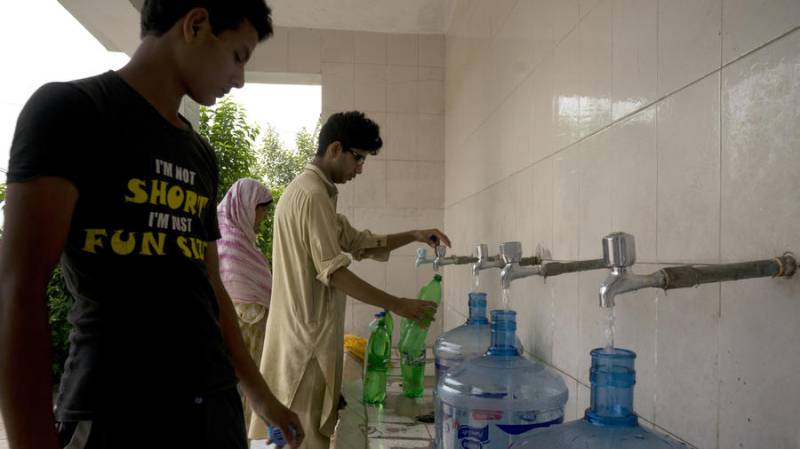Lahore (Staff Report): Over 60 million people are at risk due to arsenic poisoning from contaminated groundwater in eastern Pakistan, researchers said on Wednesday.
According to the research published in the journal Science Advances, levels of arsenic in the groundwater of eastern Pakistan are “alarmingly high” and pose a significant health hazard to tens of millions of people who drink the water.
The study is the first to create a comprehensive map of arsenic in the groundwater across Pakistan, and follows earlier, smaller studies that showed high arsenic levels in some places.
Health experts said that levels of the pollutant along the Indus River are much higher than the levels determined safe by the World Health Organization.
Pakistan has been struggling to provide clean water access. A 2016 survey of almost 3,000 water sources in the country found around 70% to 80% of them contained water that was contaminated or unsafe for drinking.
Many parts of the densely populated plains along the Indus River and its tributaries showed arsenic concentrations in groundwater were higher than the World Health Organization guideline of 10 micrograms per liter, said the report.
“Very high concentrations, above 200 micrograms/liter, are found mainly in the south,” it warned.
Overall, 50 to 60 million people use groundwater which very likely contains more than 50 micrograms per liter, or five times higher than WHO guidelines.
“This is an alarmingly high number, which demonstrates the urgent need to test all drinking water wells in the Indus Plain,” said lead author Joel Podgorski, a geophysicist at the Swiss Federal Institute of Aquatic Science and Technology (Eawag).
People who regularly drink water with high concentrations of arsenic face a higher risk of lung cancer, heart disease and skin disorders.
Researchers are not sure why the arsenic in Pakistan is so high, but one hypothesis is that heavy irrigation could be boosting the arsenic level in groundwater.
Rice, wheat, cotton and sugar cane are heavily farmed in the area.
Podgorski said more water from wells in high-risk areas must be tested, because concentrations of arsenic can vary widely in small areas.
Also, more testing is needed because local aquifer conditions cannot be predicted sufficiently accurately by modeling.
If the suspected link to irrigation practices in confirmed, new techniques would need to replace current practices.


